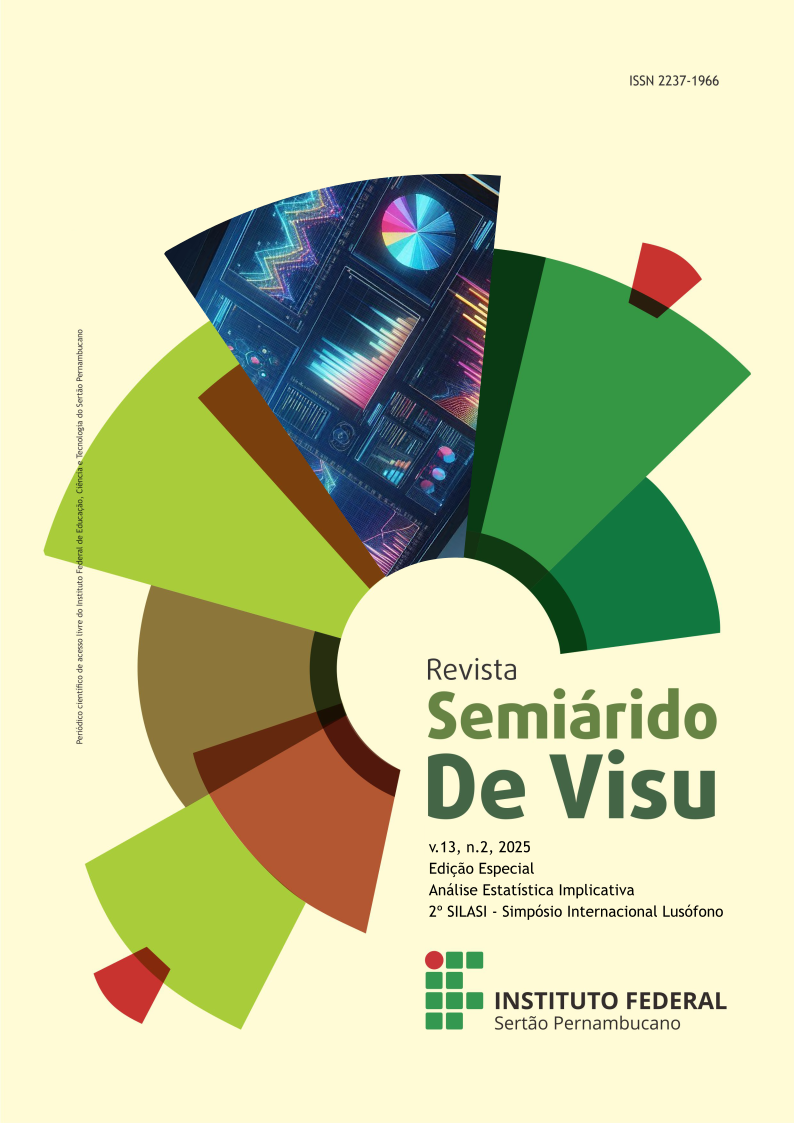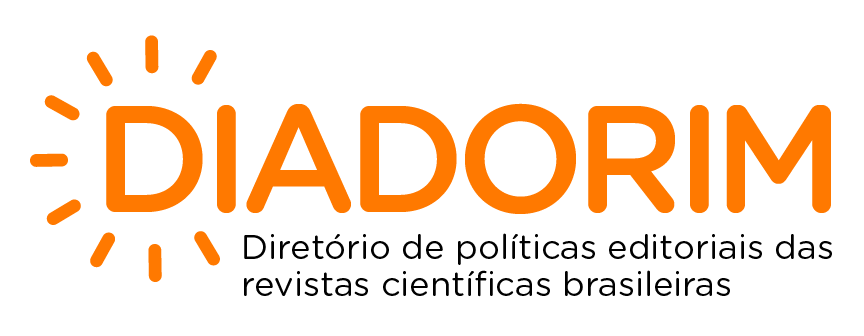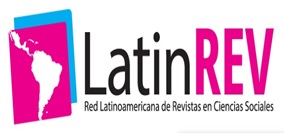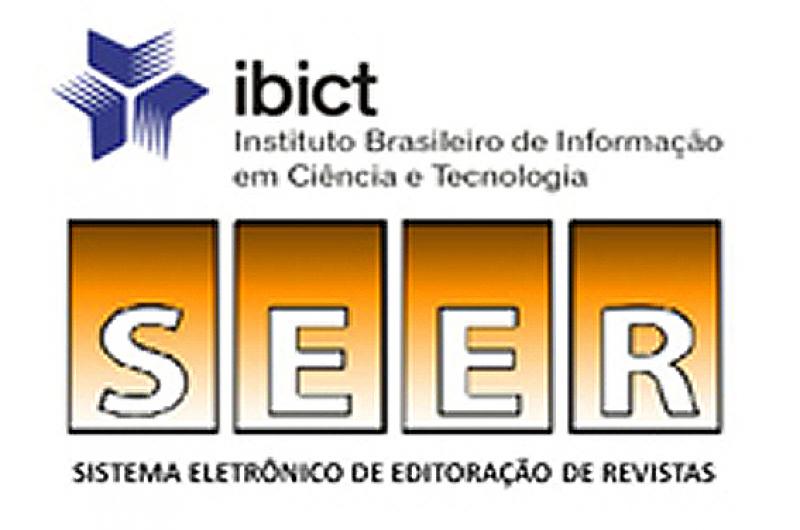Contributions of Implicit Statistical Analysis in the Validation of an Educational Product
DOI:
https://doi.org/10.31416/rsdv.v13i2.1104Keywords:
Mathematics Teaching, Social Networks, StudygramAbstract
This study explored the utility of Implicit Statistical Analysis (ISA) as a methodological tool in validating an Educational Product (EP) named “Calculelis”, developed on the Instagram social network to enhance the teaching of mathematics to ninth-grade students in elementary school. Using ISA, we assessed the influence of “Calculelis” on students’ interest and engagement, as well as its role as a complement to face-to-face teaching. Through ISA, we identified relationships between the students’ interaction with the EP and their educational perceptions, highlighting a clear relationship between the interest in exploring additional content and the appreciation of Instagram as an educational tool. The results emphasize the importance of content quality for the success of teaching through social networks and highlight the need for careful pedagogical strategies and meticulously selected content. The analyses with ISA contributed to confirming the validity of “Calculelis” as a resource that enhances the educational experience, providing insights on the effective integration of digital technologies in teaching. This work also enriches the theoretical field of Implicit Statistical Analysis, demonstrating how analyses can improve educational resources, ensuring that they meet students' needs and enhance their pedagogical impact.
References
BRASIL. Documento Orientador de APCN Área 46: Ensino. Brasília, 2019. Disponível em: https://capes.gov.br/images/Criterios_apcn_2019/ensino.pdf. Acesso em: 20 jul. 2024.
DUTRA, E. C. Matemática Conectada: um Studygram como Recurso Didático para o Ensino Fundamental. Dissertação (Mestrado Profissional em Ensino de Ciências e Matemática) –Universidade Franciscana. Santa Maria, 2024.
FERNANDES, R. M. M. Studygram: interação e compartilhamento de processos de ensino aprendizagem através do Instagram. In: Congresso Brasileiro de Informática na Educação, 7.; Simpósio Brasileiro de Informática na Educação, 29., 2018, Fortaleza. Anais [...]. Fortaleza: SBC, 2018. p. 1964-1967.
GIL, A. C. Métodos e técnicas de pesquisa social. 6. ed. São Paulo: Atlas, 2008.
GRAS, R.; RÉGNIER, J.-C. Origem e Desenvolvimento da Análise Estatística Implicativa (A.S.I.). In: VALENTE, J. A., ALMEIDA, M.E.B. (Org). Uso do CHIC na Formação de Educadores: à guisa de apresentação dos fundamentos e das pesquisas e foco. Rio de Janeiro: Letra Capital, 2015.
NASCIMENTO, J. K. F. Informática aplicada à educação. Brasília: Universidade de Brasília, 2007.
RÉGNIER, J.-C.; ANDRADE, V. L. V. X. Análise estatística implicativa e análise de similaridade no quadro teórico e metodológico das pesquisas em ensino de ciências e matemática com a utilização do software CHIC. Recife: EDUFRPE, 2020.
RITTER, D.; REAL, L. P. V.; BULEGON, A. M. Redes sociais atuando como um ambiente virtual de aprendizagem. In: Seminário Nacional de Inclusão Digital, 4., 2016, Passo Fundo. Anais [...]. Passo Fundo: Universidade de Passo Fundo, 2016.
ROZA, R. H. TICs na aprendizagem sob a perspectiva sociointeracionista. Revista on line de Política e Gestão Educacional, Araraquara, v. 22, n. 2, p. 498 - 506, maio/ago., 2018.
VYGOTSKI, L. S. A formação social da mente. São Paulo: Martins Fontes, 1991.
VYGOTSKY, L. S. Aprendizagem e desenvolvimento intelectual na idade escolar. In: LEONTIEV, A, N. et al. Psicologia e pedagogia: bases psicológicas da aprendizagem e do desenvolvimento. Tradução: Rubens Eduardo Frias. São Paulo: Centauro, 2005.
Downloads
Published
How to Cite
Issue
Section
License
Copyright (c) 2024 Revista Semiárido De Visu

This work is licensed under a Creative Commons Attribution 4.0 International License.















